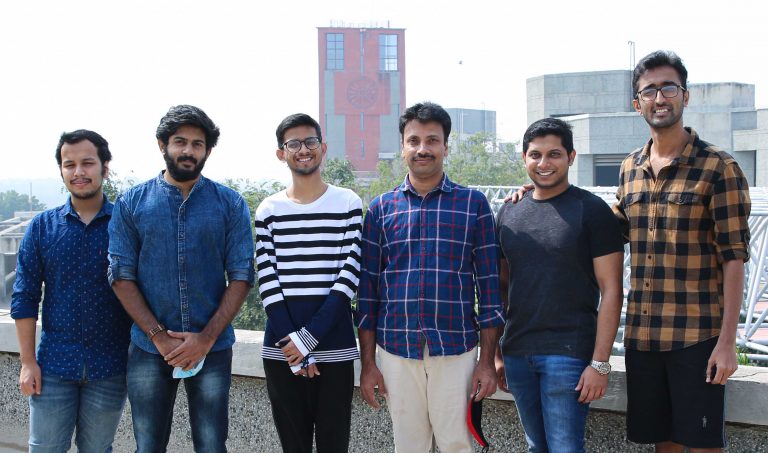Flow Stability And Transition group

About US
Our research group primarily focuses on hydrodynamic stability, transition, turbulence, and flow control. The research is conducted on flow instabilities, and turbulence in various flow conditions such as spatially developing flows and pressure gradient boundary layer flows. The stability of axial flow over a cylinder and a cone are also carried out to understand the flow characteristics. The problem is interesting because there are two factors affecting the flow, the spatial variation of the flow and the transverse curvature.
We also study the flow dynamics in the Taylor-Couette (TC) flow system. The TC flows are not well understood due to the existence of multiple and distinct flow regimes in these configurations. In this case, we also look into the flow regimes where the specific interest is in the transition to turbulence. The mechanism leading to transition is dictated by the first instability, which is inherently a linear mechanism. It is well established that the different flow regimes are manifestations of linear instability. The eccentricity of the cylinders makes the flow more complicated as it induces an azimuthal pressure gradient that creates different classes of flow problems. The stability of such flows are very important. Our research group studies the effect of such geometric parameters in the TC flows.
We also look into the different methods of flow control. Active feed-forward control methods are developed for suppressing the growth of Tollmien-Schlichting waves in a flow. The Optimal growth is suppressed by wall transpiration methods, which is an active flow control technique. A divergent flow is being studied to find efficient strategies to control the transition to turbulence using linear control methods.
In the supersonic regime, we look into the modal decomposition of scramjet combustor using data-driven techniques such as Proper Orthogonal Decomposition and Dynamic Mode Decomposition to enhance the mixing characteristics. We are also focused on understanding the acoustics generated from a supersonic jet leaving the nozzle.
